Associate Professor, Doctor, Associate Professor, Doctor Chu Tan Si, Head of the Department of Neurosurgery - Spine, Tam Anh General Hospital, Ho Chi Minh City, has just announced the above information. He added that spinal-neurological diseases are increasing, it is worth noting that for a long time, when surgery is indicated, many patients tend to refuse because they are afraid that "surgery will cause paralysis and disability". Most patients have to face prolonged pain, depend on painkillers, and miss the golden time for treatment.
However, today, the advent of robots and high technologies using artificial intelligence (AI) has created a breakthrough, overcoming the limitations of traditional open surgery. "AI helps doctors operate on the spine easily, accurately to the millimeter, bringing outstanding advantages," said Dr. Tan Si. The incision is only 1-2cm, 7-10 times smaller than traditional open surgery, reducing blood loss, reducing the risk of infection, and shortening surgery time. Patients can walk after 1-2 days and be discharged after 2-3 days, instead of 7-10 days or longer as before.
Dr. Tan Si (middle) and his colleagues are experts in mastering robots and high-tech AI for spinal and neurological surgery. Photo: Tam Anh General Hospital
AI robots process multidimensional images from MRI, CT, DSA, etc., helping doctors clearly observe bones, spine, blood vessels, nerve conduction bundles, and surrounding healthy tissue. From there, it allows surgeons to simulate surgery in advance on specialized software, planning safe surgery without violating the nerves and nerve roots around the spine. During surgery, the robot guides, monitors, and warns the doctor throughout the operation, ensuring safe surgery.
The AI Neuro-Navigation Curve system acts as a "compass", guiding the surgeon to move surgical instruments to the exact target position, avoiding infringing on motor or sensory nerves.
The K.Zeiss Kinevo 900 AI-integrated microsurgical microscope provides vivid and sharp three-dimensional images, magnified 20-25 times. Doctors observe in detail the spinal-neural structure with lesions such as disc herniation, spinal stenosis, spinal cord tumors; ensuring the surgery is effective and safe.
"We also use the intraoperative neurophysiological monitoring technology system (IONM), the UBE endoscopic spine surgery technique, the minimally invasive MISS... The effectiveness is proven by many successful cases in a short time," said Dr. Tan Si.
Robot saves old lady who was nearly disabled due to herniated disc entering spinal canal
Female patient Tr. (80 years old) had a herniated disc in the thoracic vertebrae D10-D11. The herniated disc entered the spinal canal, compressing the spinal cord and thoracic nerve roots, causing severe chest pain that spread to the lower ribs. The herniated disc continued to damage the spinal cord, putting the patient at risk of paralysis, urinary retention, and loss of sensation.
This hernia location, if operated on with traditional open surgery, requires a long incision and a lot of dissection. Doctors at Tam Anh General Hospital used the AI Modus V Synaptive Robot to operate on Ms. Tr. During the surgery, under the supervision and guidance of the robot, the doctor completely removed the hernia, freeing the spinal cord without causing damage to the nerves. The patient recovered well and was discharged from the hospital just one day after surgery.
Doctor checks Mrs. Tr.'s condition after surgery. Photo: Tam Anh General Hospital
Emergency treatment for spondylolisthesis
Male patient T. (52 years old) suffered from L4 spondylolisthesis, compressing the lumbar nerve after lifting heavy objects, causing severe pain. "This is a serious emergency, requiring early intervention to prevent irreversible damage and paralysis of the legs," said Dr. Tan Si.
Mr. T. underwent emergency surgery using the AI Modus V Synaptive Robot. The doctor only needed a small incision of 1.5cm instead of 7-10cm as before. The robot continuously provided detailed 3D images, helping the doctor clearly observe the structures and exact locations that needed intervention. From there, the screws were placed through the pedicle with absolute precision, the vertebrae were fixed with a special brace system, and the compressed nerves were completely released. 48 hours after surgery, the patient's pain was relieved, and both legs were able to move slightly.
Doctors used an AI robot to perform spinal surgery on Mr. T. Photo: Tam Anh General Hospital
Super AI machine saves girl with three giant tumors compressing spinal cord
L. (15 years old) has two giant tumors in the spinal canal (10x5x3cm and 4.5x1x1cm), one tumor in the iliopsoas muscle (10x12cm). The tumor compresses the spinal nerves, causing pain, paralysis of both legs, and displacement of the left kidney, ureter, and colon. "This is the first time the hospital has received a young patient with such a large spinal hemangioma," said Dr. Tan Si.
The tumor was large and complicated so the team decided to split into two major surgeries. The first surgery removed the tumor in the spinal canal that was compressing the nerves. The K.Zeiss Kinevo 900 AI microscope showed that the lesion had a segmental structure, filled with blood inside, the doctor quickly separated the two tumors that had spread into the spinal canal.
Doctor Tan Si guides patient L. to walk after surgery. Photo: Tam Anh General Hospital
A week later, the second surgery was performed. The hemangioma was large and adhered to the surrounding tissue. The doctor carefully analyzed the multidimensional images on the specialized software of the AI robot, accurately locating the location and extent of invasion, thereby removing the entire tumor after three hours of surgery. After two surgeries, patient L. improved significantly, with less pain and restored mobility in both legs.
Licensed by the Ministry of Health to officially operate, high-tech, AI spinal-neurological surgery techniques at Tam Anh General Hospital are fully covered by health insurance. This helps patients access modern technology at a cost 30-40 times lower than surgery in the US, according to Dr. Tan Si.
Source: https://thanhnien.vn/robot-ai-va-nhung-ca-mo-cot-song-cam-go-cuu-nguoi-benh-thoat-liet-185250519163159932.htm




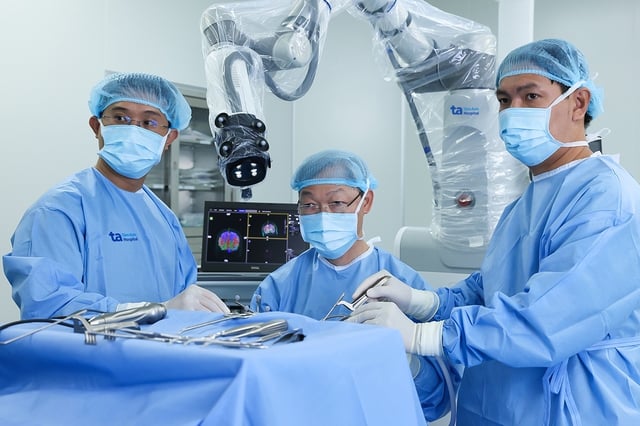





















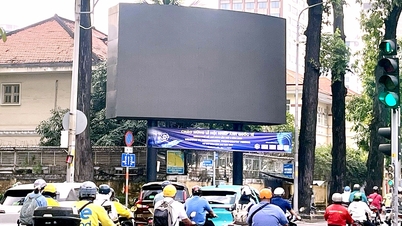












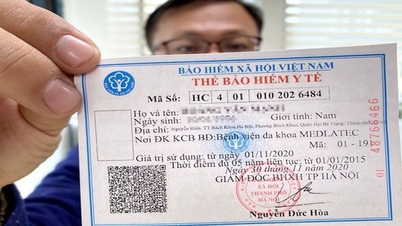

![[Photo] Worshiping the Tuyet Son statue - a nearly 400-year-old treasure at Keo Pagoda](/_next/image?url=https%3A%2F%2Fvphoto.vietnam.vn%2Fthumb%2F1200x675%2Fvietnam%2Fresource%2FIMAGE%2F2025%2F12%2F02%2F1764679323086_ndo_br_tempimageomw0hi-4884-jpg.webp&w=3840&q=75)
![[Photo] Parade to celebrate the 50th anniversary of Laos' National Day](/_next/image?url=https%3A%2F%2Fvphoto.vietnam.vn%2Fthumb%2F1200x675%2Fvietnam%2Fresource%2FIMAGE%2F2025%2F12%2F02%2F1764691918289_ndo_br_0-jpg.webp&w=3840&q=75)

















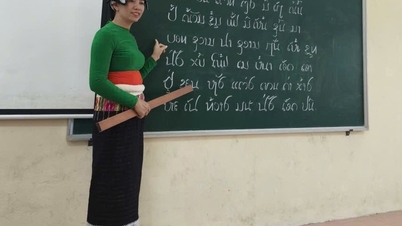
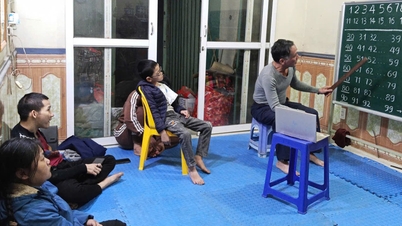






















































Comment (0)